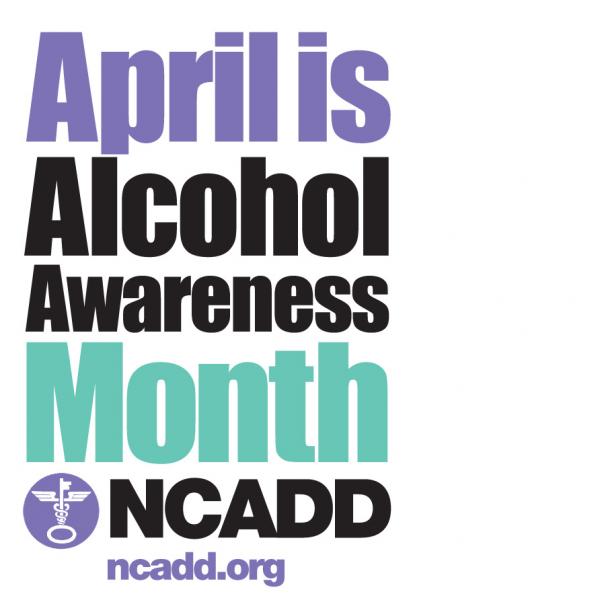Modified: April 19, 2017 8:39am
Latest News

PRESS RELEASE
From the Office of the Commissioner of Health, Dr. Gale R. Burstein
Date: April 19, 2017
CONTACT: Mary C. St. Mary/Mary.StMary@Erie.Gov
Phone: 716.858.4941/ Mobile: 716.253.3925
April is Alcohol Awareness Month
Talk to Your Children about Drinking & Drug Use
ERIE COUNTY, NY— April is Alcohol Awareness Month. If you think your child is drinking just to “have a good time,” think again: many kids drink alone because they are bored or depressed. Drinking alcohol puts youth at greater risk for developing alcohol-related problems later in life. So, talk to your kids – help them connect the dots about alcohol use. 
Young people using alcohol and drugs is extremely dangerous-- and is directly associated with traffic fatalities, violence, suicide, educational failure, alcohol overdose, unsafe sex and other problem behaviors, even for those who may never develop a dependence or addiction. Adolescence is a time of heightened risk-taking and as alcohol and drugs enter the picture, parents are faced with a unique set of challenges. Research shows that parents whose children feel “connected” to them have a strong influence over their children’s behavior. Parents can take an active role in learning about alcohol and drugs and helping their kids do the same and engage in smart choices.
“It can be daunting to talk with children about drinking and drug use, but it is well worth the effort,” said Dr. Gale Burstein, Erie County Commissioner of Health. “Research shows that youth who have conversations with their parents and learn about the dangers of alcohol and drug use are 50% less likely to use these substances than those who do not discuss those topics with their parents.” Parents can and should be a primary source of positive and reliable information for their children.
“Alcohol and drug use is a very risky business for young people,” says Andrew Pucher, President and CEO of the National Council on Alcoholism and Drug Dependence, Inc. (“NCADD”), “and parents can make a difference. The longer children delay drinking and drug use, the less likely they are to develop any problems associated with it. That’s why it is so important to help your child connect the dots and make smart decisions about alcohol and drugs.” According to the Centers for Disease Control and Prevention, 30% of New York State high school students currently drink alcohol.
A few facts help to highlight the need for open communication with your children:
ü Alcohol and drugs are the leading causes of crime among youth.
ü Alcohol and drugs are the leading factors in teenage suicide.
ü More than 23 million people over the age of 12 are addicted to alcohol and other drugs.
Young people, like adults, drink alcohol for many different reasons. Some of the reasons may seem obvious, but understanding the feelings behind these reasons – as well as how everyday teen life comes into play – can be difficult. Young people often drink to check out from family problems or issues with school and grades; loneliness, low self-esteem, depression, anxiety disorder and other mental health issues can contribute; they may drink to deal with the pressures of everyday social situations, to change their image or to fit in when moving to a new school or town; to gain confidence or lose inhibitions.
According to the National Council on Alcoholism and Drug Dependence, here are some guidelines to help parents talk about alcohol and drug use:
ü Listen before you talk: For kids, knowing that someone is really listening is most important.
ü Ask open-ended questions.
ü Be involved.
ü Be honest and open.
ü Be positive: talking about these issues can build bridges rather than walls.
Addiction is a chronic, progressive disease that can be linked to genetics. If there is a family history of addiction, address it openly and honestly, similar to any other chronic disease, such as heart disease or diabetes.
# # #
For More Information:
National Council on Alcoholism and Drug Dependence, Inc. (NCADD)
National Institute on Alcohol Abuse and Alcoholism (NIAAA)
Centers for Disease Control and Prevention: Alcohol and Public Health

